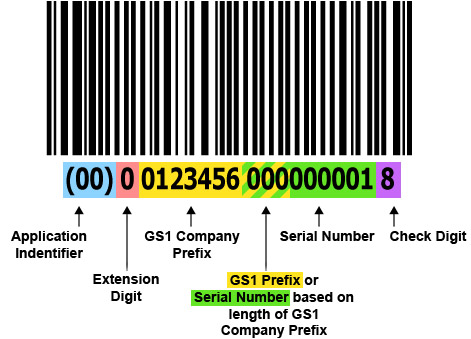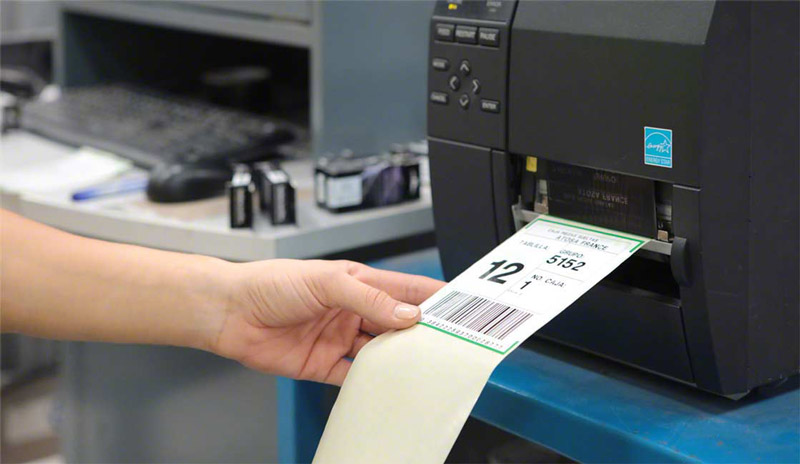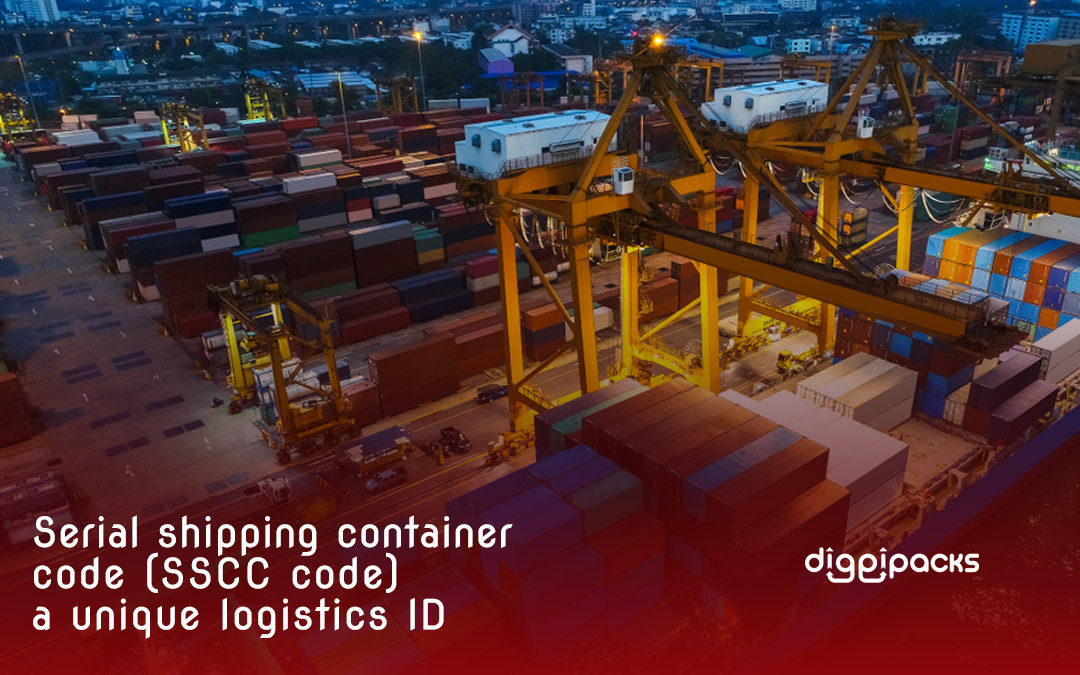The sscc code (Serial Shipping Container Code) is one of the most important and complex numbers on the container door, which is granted by the International Standards Organization and is expressed in an alphabetical sequence of 18 digits through which the logistic units are identified, and the sscc code (Serial Shipping Container Code) is placed in the form of a bar code and is also used in e-commerce transactions, and in this article we will show you all the details about the sscc code (Serial Shipping Container Code).
What is a Serial Shipping Container Code (sscc code)?

A Serial Shipping Container Code (sscc code) is a serial number that is placed on shipping containers to identify the container’s logistic destination.
The sscc code is 18 digits long, and this serial code is generated during filling at a particular party, and then loses its value after receiving by or after unloading by another party.
What is an sscc code used for?
Companies make great use of the sscc code (Serial Shipping Container Code), as it effectively helps them in managing quality effectively.
Thus, through the sscc code (Serial Shipping Container Code), each shipment is identifiable along the supply chain, and the following are its most important uses:
- Global shipment exclusivity guarantee
- The possibility of handling the shipment easily electronically.
- Easily integrate shipments into electronic exchanges.
- Full control over the movement of goods.
- Reduce personnel costs and increase data reliability.
- Fulfilling legal requirements for food and drug shipments.
Advantages of marking with SSCC numbers
Companies can also benefit from sscc code labels in more than one way, the most important of which are:
- Achieving customer satisfaction with the services provided by smoothly processing orders as well as on time delivery.
- Reducing stock outs.
- Full tracking of shipments via the transportation path.
- Real-time identification of charging units.
- Ease of real-time data acquisition and handling of bulk shipments and volumes.
- Communicate effectively with business partners around the world.
Tips for correct labeling with SSCC
Some have problems with proper labeling when using SSCC, and here are a number of guidelines for printing the GS1 transport label and its applications:
- The SSCC label must be at least 50 mm from the edge of the pallet.
- Put the SSCC label on the surface of the packages.
- The barcode of the SSCC must be located at a distance of at least 400 mm.
- Put the SSCC label on at least one side of the package, preferably on both sides.
- Put only one label on each side of the package.
Create barcode labels with SSCC
As for the way to create SSCC labels, you need to use specialized programs to create barcodes, and through it you can create SSCC and encrypt your labels as well.
Difference between SSCC and other standards

Many confuse the sscc code with other standards that govern functions and logistics, as there are a large number of Supply Chain strategies that make it easy to read the information.
One of the most common conflations is between the concepts of SSCC and GS1-128, which is an international barcode standard and is very popular in logistics.
The GS1-128 contains a wide range of information, including information contained in the sscc code.
SSCC is also often confused with GTIN (Global Trade Item Number), but there is a big difference between them, as:
- The sscc code provides information on the contents of the shipment and container.
- The GTIN includes the commercial data of the shipment, such as the total price of the cargo, the amount of value of the unit, its net weight, and so on.
Importance of SSCC codes in logistics
The sscc code is of great importance in logistics and services, and its main benefit is the ability to easily identify the tonnage of each shipment by the unique numbers it carries.
There are a number of other advantages of the sscc code in logistics, the most important of which are:
- Traceability throughout the SSCC code supply chain.
- Ease of monitoring of any type of commodity by all stakeholders in the supply chain.
- Automate the easy reading and entry of data into systems, thus facilitating order management.
- The possibility of creating a practically unlimited number of variants.
- Facilitate interpretation of standardized ISPM information across the supply chain.
- The ability to integrate the sscc code with other submission documents, as this code can be easily integrated with other standards.
- Reduce errors in order management, transportation and delivery to end customers.
- The ability to read sscc code around the world, as it is internationally standardized and thus easy to read around the world.

Recent Comments